
SSA Grant Receipt and Expenditures: Stories behind the Trends in Bihar
30 March 2012
Shailey Tucker, Accountability Initiative
Bihar’s elementary education budget has increased by over a quarter between 2009-10 and 2010-11. During this time, Bihar has achieved near-universal primary enrolment rates (DISE 2009-10) and, as a result of high increases in allocations for infsrastructure (PAISA Survey 2011) there are visible signs of construction of schools and additional classrooms across the state as well. According to the PAISA Survey 2011, the proportion of schools receiving the Sarva Shiksha Abhiyan (SSA) grants[1] greatly varies across districts. Funds largely begin arriving in schools from September onwards;[2] this occurs despite the fact that the school-year begins earlier in April. Furthermore, the PAISA Survey highlights how there are gaps of over a month at the school-level between the date of grant receipt and the date of first expenditures. Yet, little is known in detail about when schools receive their grants, how they plan and manage their expenditures, and what the real decision-making process is at the school-level. Are schools really able to make expenditures according to their needs? What kinds of difficulties do they face and how do they cope when grants arrive late?
During a visit to Purnea district in eastern Bihar, we saw a flurry of infrastructure-building activity in schools in anticipation of a visit by the Chief Minister − despite the fact that not all schools had received their grants yet. By mid-December 2011, out of a total of 1,914 government elementary schools the SDG and SMG had been released to only 86 and 98 schools, respectively. Yet, the District Resource Centre (DRC) had directed all schools in the district to carry out white-washing and infrastructure repair work; in particular, there was a large push from the district to improve the status of usable girls’ toilets in all schools.
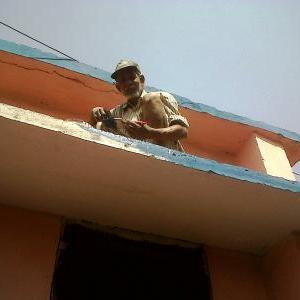
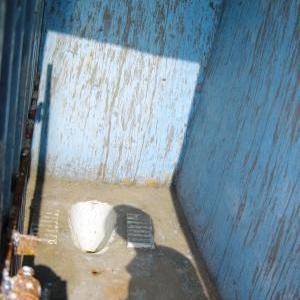
Officials attributed delays in the transfer of grants largely to organisational restructuring in the state a few months earlier and to administrative issues, such as incorrect account numbers and delays in the submission of previous year’s grant utilisation certificates. All four schools that we visited were replete with construction material – some, where additional classrooms were being built, others, where toilets were being repaired or constructed.
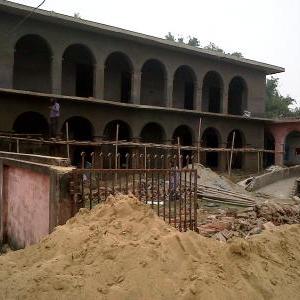
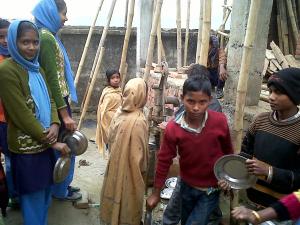
Oftentimes, where grants had not arrived, the headmasters had gone ahead to buy materials either on credit or with contribution from the community. Directives were often given on how to use the grants because the administration felt that headmasters lacked sufficient capacity and that this would aid more efficient spending. Yet, it should be noted that such directives were never given officially, only as verbal guidelines or suggestions. The utilisation certificates of those headmasters who made other expenses were not passed by the administration. This raises questions about the freedom with which schools can make expenditures to meet specific needs, increasing the likelihood of corruption at the same time.
To cite an example from Nalanda district, we visited a school where a headmistress had not been appointed since the late 1990s and a senior teacher had been deputed as the acting headmistress. Over the years, she had found the financial management of the school too complicated and, appointed another senior teacher to look after financial matters. This teacher, quite aged himself, kept the financial records and took care of financial procurement for works in the school. It’s interesting to note however, that he, in turn, outsourced the job of maintaining the financial records to a third party – a retired teacher in the village, who had clearly and neatly filled in the register with detailed expenditures.
There was almost a vicious cycle at play here, one which was repeated in several instances across Nalanda and Purnea: the grants arrived at any time between September and October, half-way into the school year. When they arrive, by electronic transfer, the grant head is not clearly mentioned, nor are the schools duly notified about the grant transfer. The 2011-12 grants had arrived in October and this was not considered late at all by the schools, since that is when they always arrive. Part of the reason for the late arrival of grants in this school could have been that the utilisation certificates had not been submitted for expenditures made the previous year; the senior teacher stated this was because the Cluster Resource Centre Coordinator (CRCC) or the block officials had not yet asked for them (in January 2012). However, even in January 2012 the grants had not been spent. Expenditures at the school-level were delayed due to a variety of reasons, including a lack of knowledge not only of grant utilisation and financial management, but also more simply of a lack of information that grants had arrived. In this particular case, the senior teacher shared that, even though the raw materials had been bought on credit, work on school infrastructure was delayed due to a dispute with the adjoining community temple. Thus, the grants for 2011-12 had been left untouched for over four months. No written complaints were ever lodged in relation to the late arrival of funds, even though the matter was discussed verbally at regular block- and cluster-level meetings.
Block and cluster officials recognise that these difficulties exist at the school-level, forcing headmasters to meet expenses out of their own pockets and to seek grant-related information from officials and other colleagues in the absence of formal notifications. Yet, they state that their hands are tied since all related action is to be taken at the district-level. This leaves much to be desired in the block’s role as a link between schools and the district.
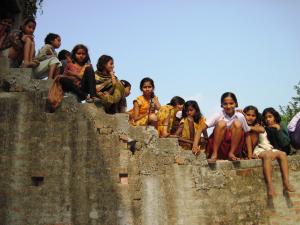
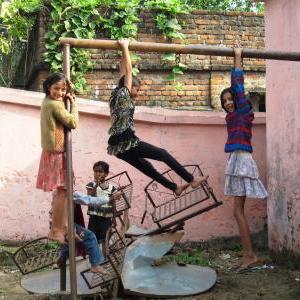
However, in addition to strengthening the capacities of officials, headmasters and School Management Committees (SMC), there are practices being followed in the districts which must be institutionalised. Most important is to facilitate the flow of information, ensuring that it reaches headmasters and teachers on time. For instance, in Nalanda itself there are cases where the grant heads are mentioned clearly in the passbooks – it is imperative that this information is reflected in the passbooks of all schools across the state. Timely information must be provided about grant transfers, such as through SMS alerts as has been planned in Madhya Pradesh. Furthermore, it was found in Purnea that headmasters who are closer to the Cluster Resource Centre or to the teachers’ union members are more knowledgeable than others and maintain better records. It would be useful to devote more time for training on financial management, focusing on how to plan expenditures and civil works for the year and on how to maintain detailed financial records. Most importantly, the SMCs must be empowered to play out their due role in the planning, managing and monitoring of school activities. In order to meet the objectives of the Right to Education Act, 2009, and implement the SSA in the decentralised manner that is mandated by the Act, it would do well for us to identify areas where SMCs are working well and replicate their good practices.
[1] Under the SSA Framework, each school is entitled to three annul grants: School Maintenance Grant (SMG) – for minor repairs, maintenance , white-wash, etc.; School Development Grant (SDG) – for ex expenditures on chalk, dusters, blackboard, etc.; and the Teaching-Learning Material (TLM) grant – for expenditures on teaching-learning aids.
[2] For instance, the PAISA Survey reveals that by September 2010, the proportion of schools receiving the SMG in Nalanda district was only 25%, down from 91% the previous year. In contrast, by September 2010, 58% of Purnea district’s schools had received the SMG; overall in that year, only 42% of Purnea’s schools had received all three SSA grants.




